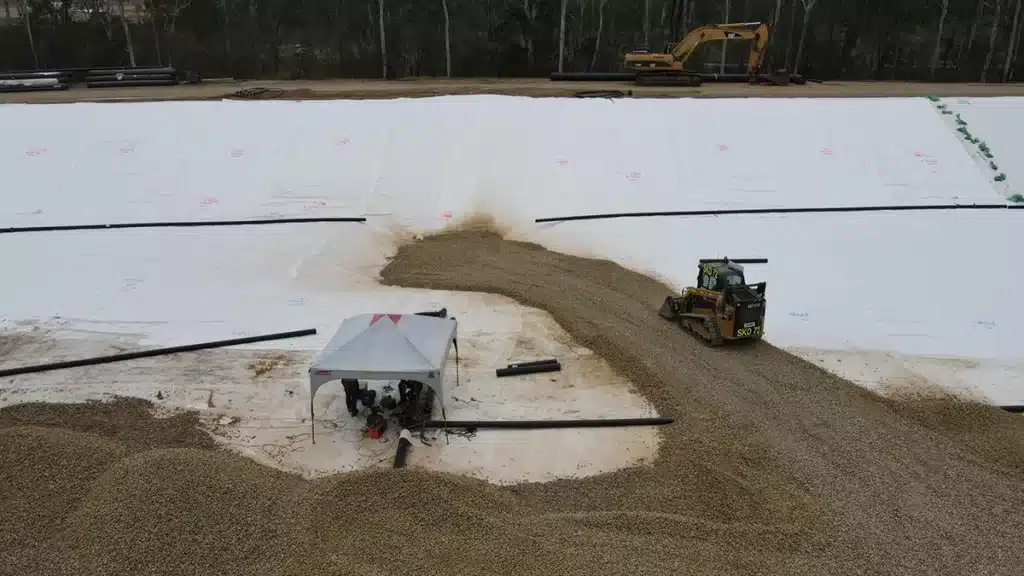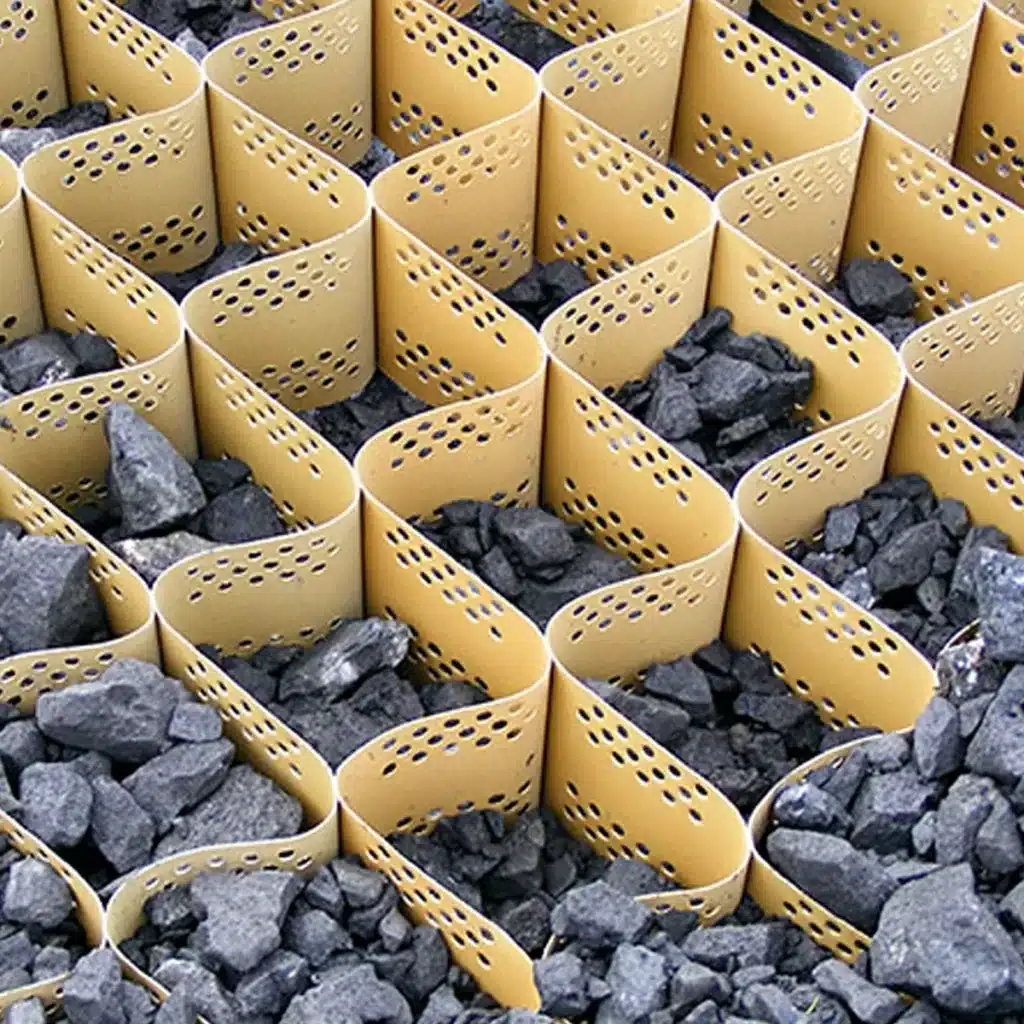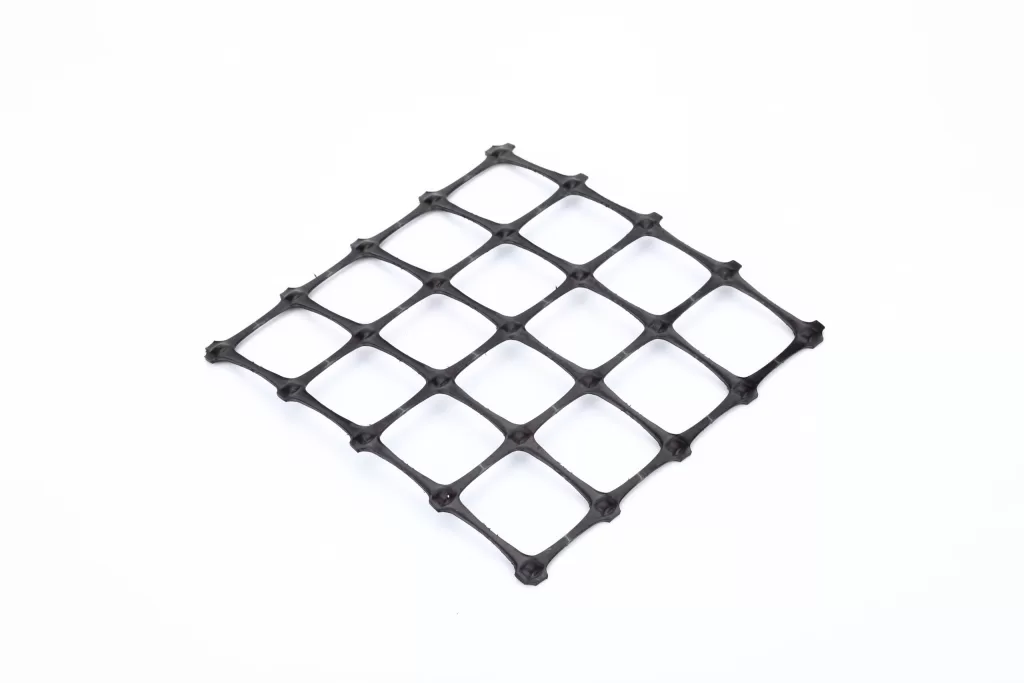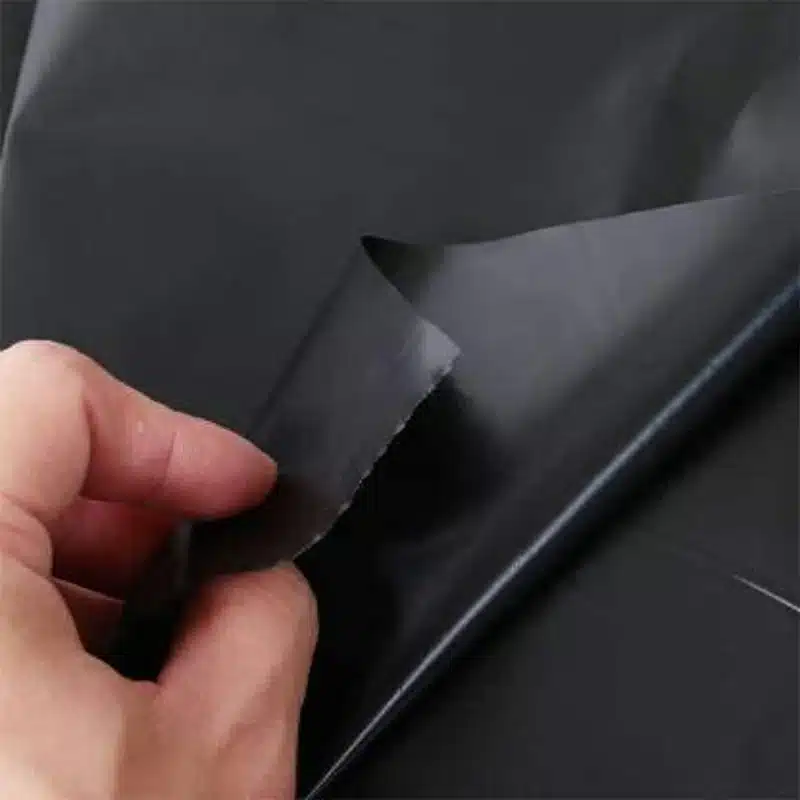+86-159 9860 6917
info@geofantex.com
geofantex@gmail.com
+86-400-8266163-44899
Geosynthetics have become an integral part of modern waste management practices, offering innovative solutions for controlling environmental impacts and enhancing the durability of waste containment systems. These materials, which include geotextiles, geomembranes, geogrids, and more, serve multiple functions such as separation, drainage, filtration, hydraulic barrier, gas barrier, and protection. They are used in various applications, including landfills, drainage systems, and pollution control. This article explores the diverse uses of geosynthetics in waste management, highlighting their importance in creating safer and more sustainable waste management systems.
What are Geosynthetic Materials Used For?
Geosynthetic materials are used for a wide range of applications in civil engineering, environmental protection, and waste management. In waste management, they serve critical functions such as containment, filtration, drainage, reinforcement, and stabilizing and separating unbound pavement layers. For example, geomembranes are commonly used as liners to prevent the leakage of hazardous substances from landfills into the surrounding environment. Geotextiles, another type of geosynthetic, are used to filter and separate different layers of materials, preventing contamination and erosion. Overall, geosynthetics are essential in ensuring the safe and effective management of waste.

What is the Main Function that a Geosynthetic Serves When Used in Drains?
When used in drains, the primary function of a geosynthetic material is to facilitate drainage while preventing the migration of fine particles that could clog the drainage system. Specifically, geotextiles are often employed in drainage applications to allow water to pass through while blocking soil and debris, and to provide filtration for water passing through the soil in both directions, thereby maintaining the efficiency of the drainage system. This is crucial in waste management scenarios where effective drainage prevents the buildup of leachate—a potentially hazardous liquid formed from the decomposition of waste—thereby reducing the risk of environmental contamination.
What is the Application of Geotextile in Landfill?
In landfill applications, geotextiles play a key role in enhancing the stability and efficiency of waste containment systems. They form an integral part of the design and construction of the final cover for landfill closure as well as aiding in the reduction of long-term maintenance of the facility. Geotextiles are typically used as a protective layer over geomembranes to prevent punctures from sharp objects in the waste. Additionally, they are used to separate different layers within the landfill, such as the waste material and the drainage layer, to ensure proper filtration and drainage. This application helps in managing leachate, controlling erosion, and extending the lifespan of the landfill by maintaining the integrity of the containment system.
Are Geosynthetics Eco-Friendly?
Geosynthetics provide a wide range of environmental benefits and are considered eco-friendly because they contribute to sustainable waste management practices. By preventing contamination of soil and groundwater, controlling erosion, and enhancing the longevity of waste containment systems, geosynthetics help minimize the environmental impact of waste disposal. Moreover, many geosynthetics are designed to be durable and resistant to degradation, reducing the need for frequent replacements and lowering the overall environmental footprint. Some geosynthetics are also made from recycled materials, further enhancing their environmental benefits.
Geosynthetics are invaluable in the field of waste management, offering solutions that enhance the safety, efficiency, and sustainability of waste containment systems. From geomembranes used in liners to geotextiles in drainage and landfill applications, these materials play a crucial role in preventing environmental contamination and ensuring the long-term performance of waste management facilities. As the industry continues to prioritize sustainability, the use of eco-friendly geosynthetics will remain a key component in the development of responsible waste management strategies.



Get Free Sample
We’ll respond as soon as possible(within 12 hours)






















